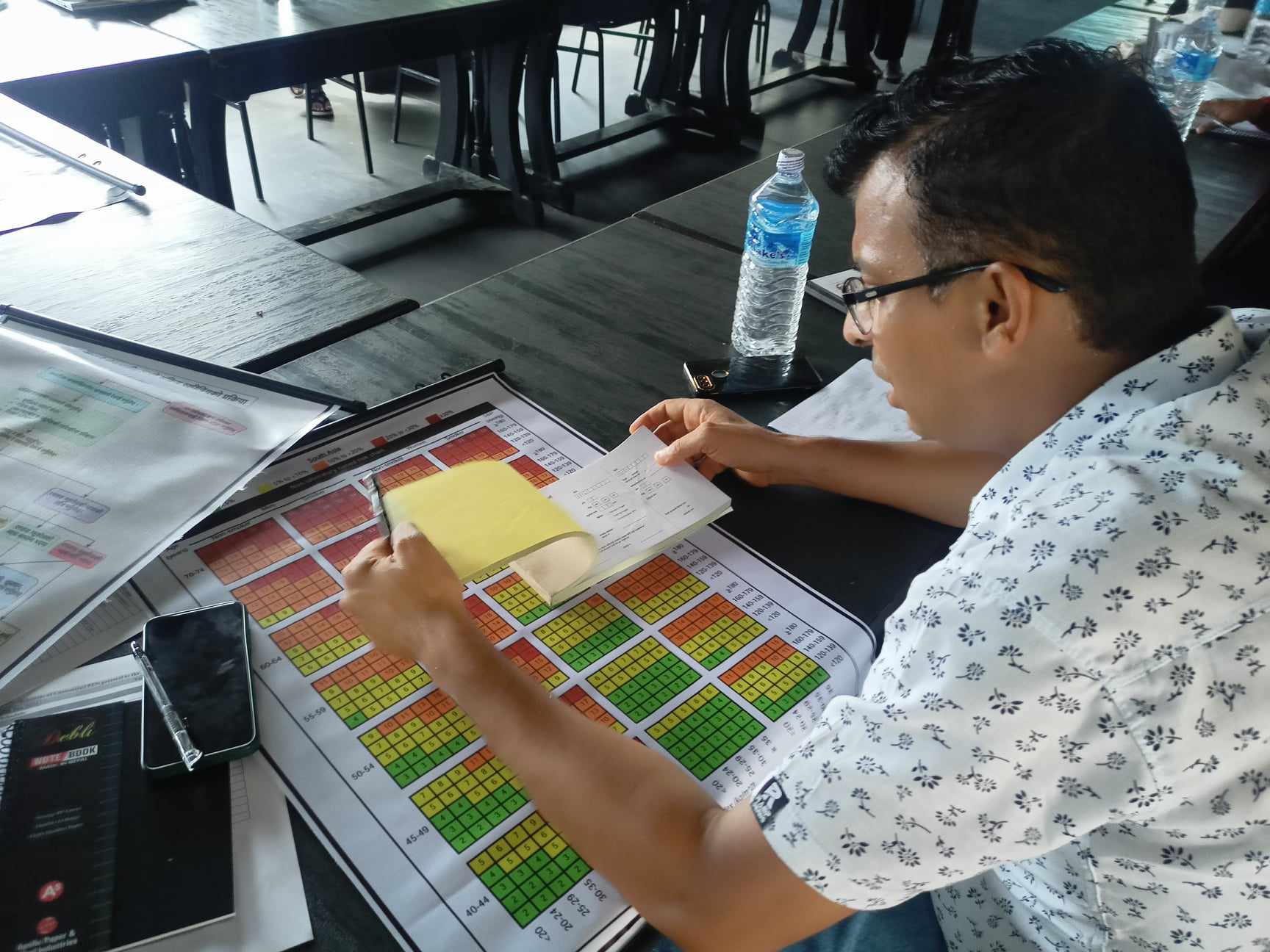Access to quality health services is a major concern for many countries, and health financing reform is a key way to achieve this goal. The 2010 World Health Report highlighted the importance of health financing reform in advancing Universal Health Coverage (UHC), which is effective service coverage with financial risk protection. Additionally, UHC’s goals of health status and customer satisfaction are important. It requires effective strategies in a coordinated manner across many functions of the health systems to achieve these goals.
Financial issues underpin many aspects of health system functioning. Financial incentives are important for changing service providers’ and patients’ behavior. These incentives also affect the stakeholders who are seeking to shape health policies and thus influence the overall performance of the system. Increasing effective access to health services depends on creating more resources for health as well as magnifying the efficiency and equity in the use of resources. Health financing reforms affect equity by shifting the way resources are allocated across age and income groups. They also affect health, as medical expenses are a common cause of household impoverishment and can be a significant barrier to seeking care.
Health financing reform that focuses on expanding effective coverage involves complex interactions among a range of stakeholders in the health sector and beyond, with varying power and influence. This can make reform politically contentious and difficult to move forward to adoption and implementation. Over the years, health financing has been a major obstacle to building a resilient health system in many low-and middle-income countries, and Nepal is no exception. The health financing system is not able to ensure adequate financial protection for a large share of the population despite various schemes and programs being introduced.
Health financing reform that focuses on expanding effective coverage involves complex interactions among a range of stakeholders in the health sector and beyond, with varying power and influence.
During the past two decades, Nepal has gone through tremendous political and social changes transitioning from a unitary system to a federal republican democracy. Its politics, society and economy have been irreversibly altered by coups, civil wars, and political movements. The transition has been an ambitious change, requiring major reforms and investments to prepare all levels of government with the tools, resources and skills to perform new functions. Along with this, the recent Covid-19 crisis has exposed key structural challenges in terms of education, safety, and health and it has magnified the vulnerability of already marginalized households and communities. During the time of the pandemic, there was a challenge in terms of limited cooperation, collaboration and coordination among the three tiers of government which resulted in confusion in the government’s response to the crisis.
There are two overarching reforms driving Nepal’s health financing system. First is the new model of federal governance and second the implementation of national health insurance that substitutes and restructures the prior prepayment schemes in an impartial and sustainable way. However, Nepal’s health policy lacks key definitions related to several important aspects of health financing such as redefining and costing a unified national package of basic health care; strengthening effective mechanisms for pooling funds, and strengthening the capacity development of provincial and local governments to implement the health budgets.
Going forward
Nepal has the potential to achieve fruitful results in the health sector in a variety of ways. Connecting financing to performance is one of the key areas where these benefits can be achieved. Efficiency gains can also be achieved by improving the design of existing grants. In addition, major resources can be provided by addressing drug stockouts, health worker absenteeism, drug supply and distribution, equipment maintenance, and preparation in the procurement of equipment.
In this context, the Ministry of Health and Population needs to reflect on its role as a steward of the sector. They are the policy, technical, and quality wing of Nepal’s health. They need to prioritize the health status of Nepalis as they already are and ensure that they receive financial protection against the risk of poverty due to ill health, based on the equity of care, not on the basis of who provided the health service and service delivery. The recently drafted Health Financing Strategy can address the issues and control them in the future. The health sector needs to develop a holistic plan, based on the dialogue and expectations of key stakeholders and based on a thorough analysis of strengths, weaknesses, opportunities and threats. This would help in developing multi-year plans on which the annual budget would be based. The multi-year plan should reflect the mission, vision, values , and long-term goals of the ministry, responsible for managing the sector, and coordinating with all stakeholders.
Seizing this opportunity to address a number of health financing challenges will mark the beginning of a positive transformation in Nepal’s healthcare metrics and guide in an era of increased productivity in the country.
(The original article has been Published on Nepal Live Today)












Comments (0)
No comments found.